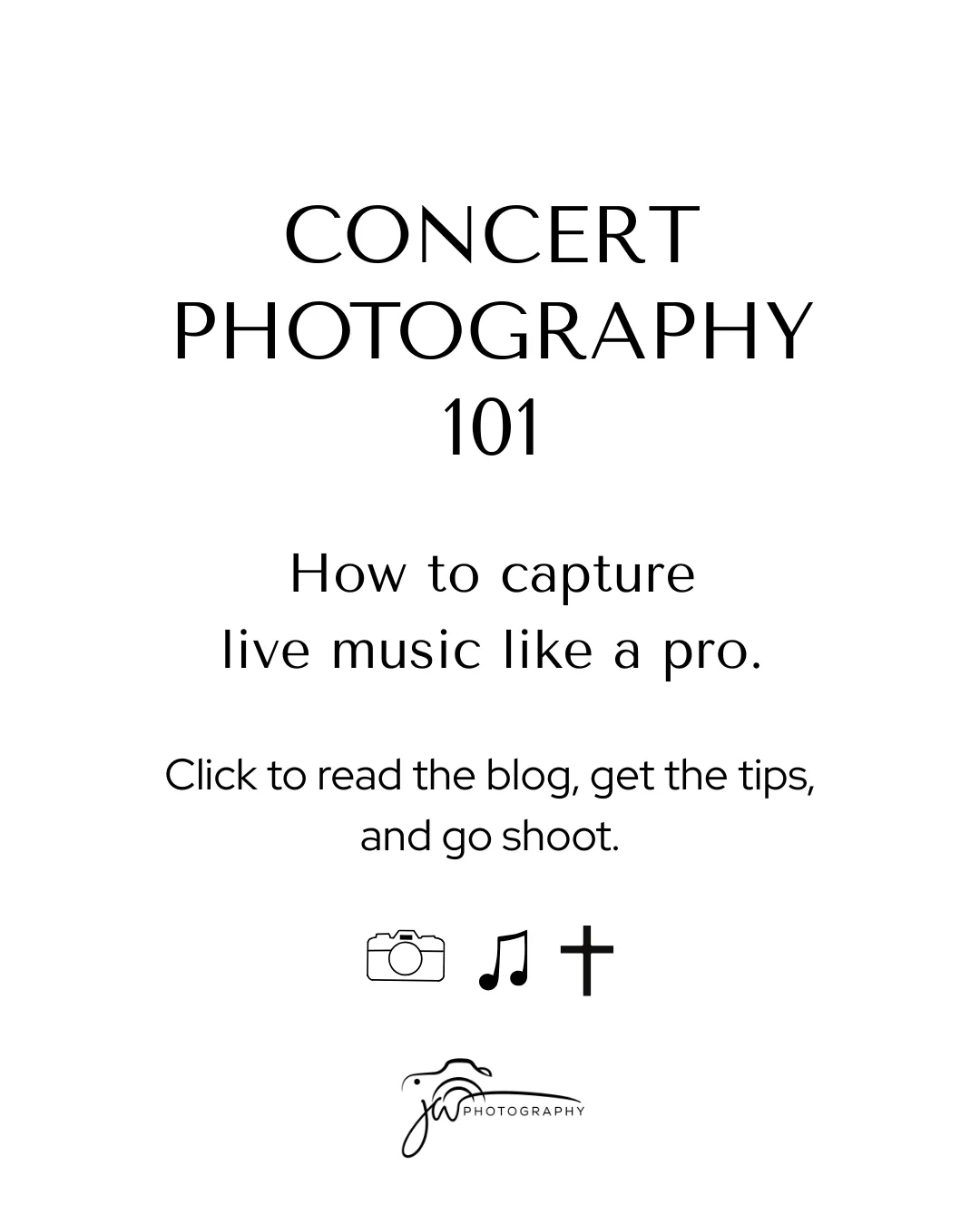
Concert Photography 101
Concert Photography: How to Capture Live Music Like a Pro
Concert photography is more than just pointing your camera at a stage. You’re capturing energy and feelings that may never happen again. To do it well, you need technical know-how, the right mindset, and a professional presence.
Gear and Settings That Work in the Dark
Fast lenses are a must. A 24-70mm f/2.8 or 70-200mm f/2.8 gives you range and speed. I have two camera bodies I wear on my harness. These lenses practically live on those camera bodies. Then I have a prime lens, the 50mm f/1.8. It’s great for low-light shots if I’m closer to the stage.
High ISO is your friend. Don’t be afraid to push it to 3200 or 6400 if needed. A grainy photo is better than a blurry photo.
Shutter speed and focus. Keep it at least 1/200 to freeze motion and use continuous autofocus to track performers. I usually start at 1/500 and adjust from there.
Shoot in RAW. Concert lighting changes so fast and unless you’re shooting pro venues, it’s usually really bad lighting. Shooting in RAW gives you room to fix white balance and shadows later.
Blending In and Acting Professional
Stay out of the way. You’re a guest in the bands space. This is their event. Not yours. Move smoothly, crouch when needed, and avoid blocking fans.
Get close without being disruptive.
Use zoom lenses when you can’t move forward. If you have pit access, keep movements minimal and quick so others can get their shots. Respect other photographers, they are trying to do the exact same thing you are. A good photographer does not see others as a competitor, they are colleagues.
Dressing the Part
Dark, neutral clothing is best. Everything I see and read says to wear black. Black does help you disappear in the crowd and keep you from reflecting stage lights. But this is one rule I often break, wear what you feel good in.
Comfort and safety matter. Wear comfortable shoes with good grip. You’ll be moving a lot and carrying expensive gear.
Keep gear minimal. A camera, two lenses, and a small bag or harness. Less weight, less noise, more freedom.
Reading the Room
Learn the music. Knowing a band’s style and setlist helps you anticipate solos, jumps, and big moments.
Capture more than the stage. Shoot the crowd, the hands in the air, the details (guitar picks, pedals, drumsticks). It tells the full story.
Bonus Tips
Arrive early to scout angles. If you can, look for interesting perspectives before the show starts.
Respect the no-flash rule. Flash flattens the mood and can distract performers. You can get great photos without a flash. I will sometimes ask if I can come for practice to get a few photos with flash.
Be ready for chaos. Things change quickly. Make sure your batteries are charged, SD cards are formatted, settings checked before each song.
Bottom line: Concert photography is a mix of skill and respect. You’re there to document, not dominate. Move quietly, dress smart, and know your gear so you can focus on capturing the energy that brought everyone together.
Want to see examples? Check out my music galleries at thejwphotography.com or follow JW Photography on Facebook for live music moments.